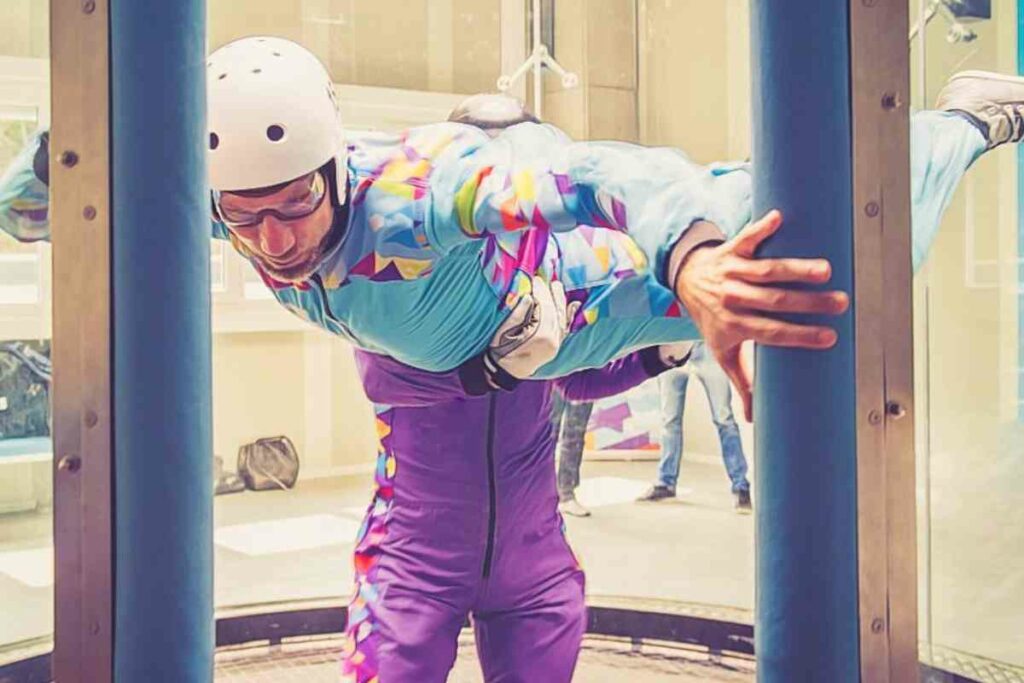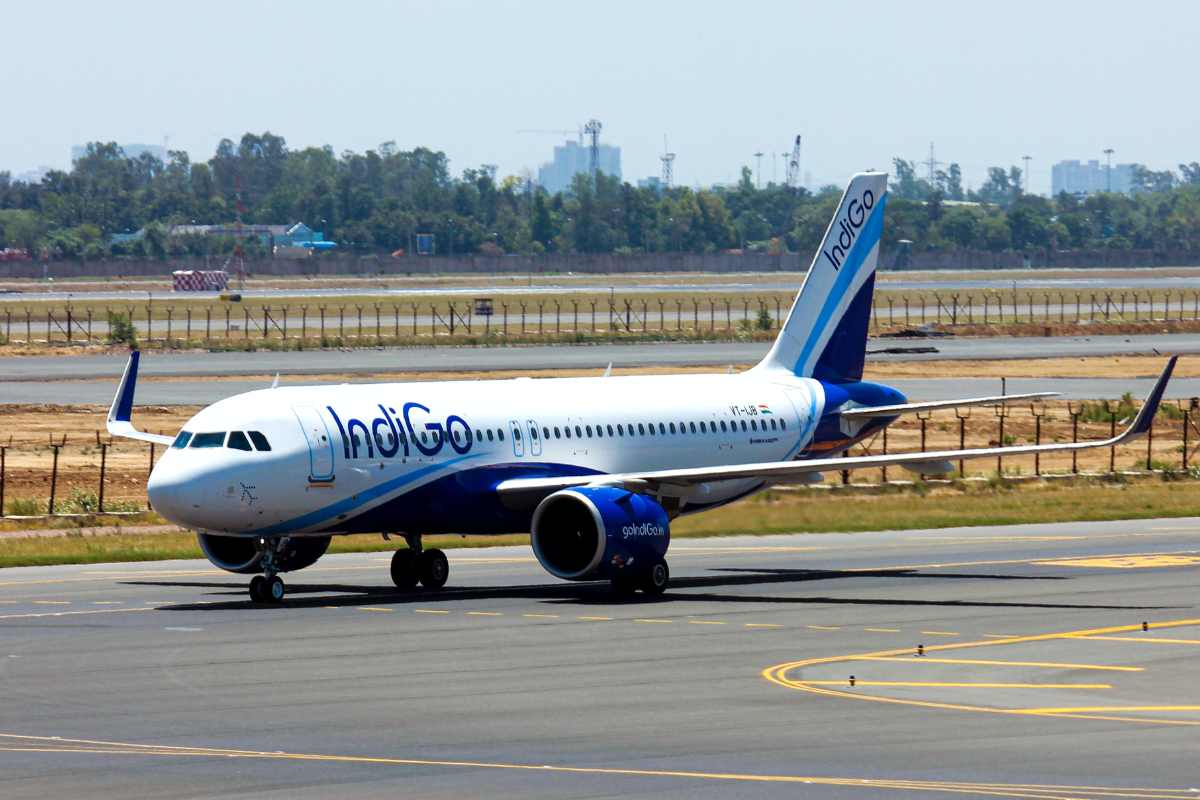Indoor skydiving has quickly become one of the most popular recreational activities around the world, allowing anyone to experience the thrill of skydiving without having to jump out of an actual plane.
While many people are familiar with indoor skydiving, few know who came up with this innovative concept.
In this article, we’ll explore the fascinating history behind indoor skydiving and discover who invented it.
Early Concepts and Development of Indoor Skydiving
Indoor skydiving, also known as vertical wind tunnel flying or body flight, is a sport that simulates the experience of freefall.
The idea of indoor skydiving dates back to the 1960s when sports enthusiasts came up with the concept of using an array of fans to create artificial winds.
Read before you go – Can You Indoor Skydive If You Have a Medical Condition?
In its early development phase, the equipment was not optimized for long-term use and could be unreliable or even dangerous in some situations.
Skydivers began experimenting with different techniques and materials to improve safety standards and efficacy.
The technology used in today’s wind tunnels employs large fans to produce laminar airflow through a small chamber so that people can experience what it’s like to fly without actually having to jump out of an airplane from thousands of feet above ground level.
One significant advantage offered by indoor skydiving over outdoor flights is controlled environmental conditions.
Wind speeds are kept consistent throughout each session, allowing participants constant simulation within this flying chamber despite varying weather conditions outside.
Who Invented Indoor Skydiving
The concept of indoor skydiving dates back to the 1960s and 70s when engineers first developed wind tunnels for scientific research purposes.
However, it wasn’t until the early 1980s that a man named Jean St-Germain turned these tunnels into fun-filled attractions.
Jean St-Germain was a Canadian inventor and accomplished skier who had been experimenting with his own version of artificial snow-making equipment since the late 1960s.
In 1984, while visiting Las Vegas, he stumbled upon one of these early wind tunnels being used for human flight training by military personnel.
St-Germain saw an opportunity to create something new and groundbreaking by commercializing indoor skydiving as an attraction for thrill-seekers.
He formed Indoor Skydive Corporation (ISC) in Montreal shortly after his trip to Las Vegas and began constructing his first wind tunnel facility in the city’s Olympic Village.
Initially marketed under various names such as “Aerodium” or “FreeFly Technology,” ISC’s vertical wind tunnel concept was a success.
The company built additional facilities in Europe and Asia, and St-Germain became known as the “grandfather of indoor skydiving.”
Progression and Commercialization of Indoor Skydiving
The original purpose of indoor skydiving was to train skydivers how to stabilize their bodies during freefall without having to jump out of an airplane.
However, it quickly became clear that indoor skydiving had potential beyond just training.
As technology improved, so did the experience of indoor skydiving.
Early models were limited in size and power which restricted what could be done inside them; however, today’s modern technology allows flyers to reach much higher speeds than ever before and perform tricks, flips, and stunts with ease as they float on columns of air generated within these machines.
Furthermore, its popularity has risen due to its safe nature – there is no risk involved unlike jumping from a plane meaning anyone can try it with minimal instruction.
All you need do is lean forward/ backward/sideways etc depending on your desired movement direction.
Buildings have been erected solely dedicated to indoor skydiving, with multiple wind tunnels available for people to use.
The commercialization of indoor skydiving has resulted in the sport becoming much more accessible to the general population.
Previously, only experienced skydivers could undertake this extreme activity. However, now anyone can experience flying through the air without risking their life or needing a parachute.
As demand grew and technology advanced further, savvy investors began establishing indoor skydiving centers around the world.
In Conclusion
In conclusion, indoor skydiving is an exhilarating sport that simulates the true experience of skydiving without having to jump out of an airplane.
It continues to attract thrill-seekers from all walks of life and provides a safe alternative for those who crave adventure but may not have the courage or ability to conquer their fear of heights in the open air.







